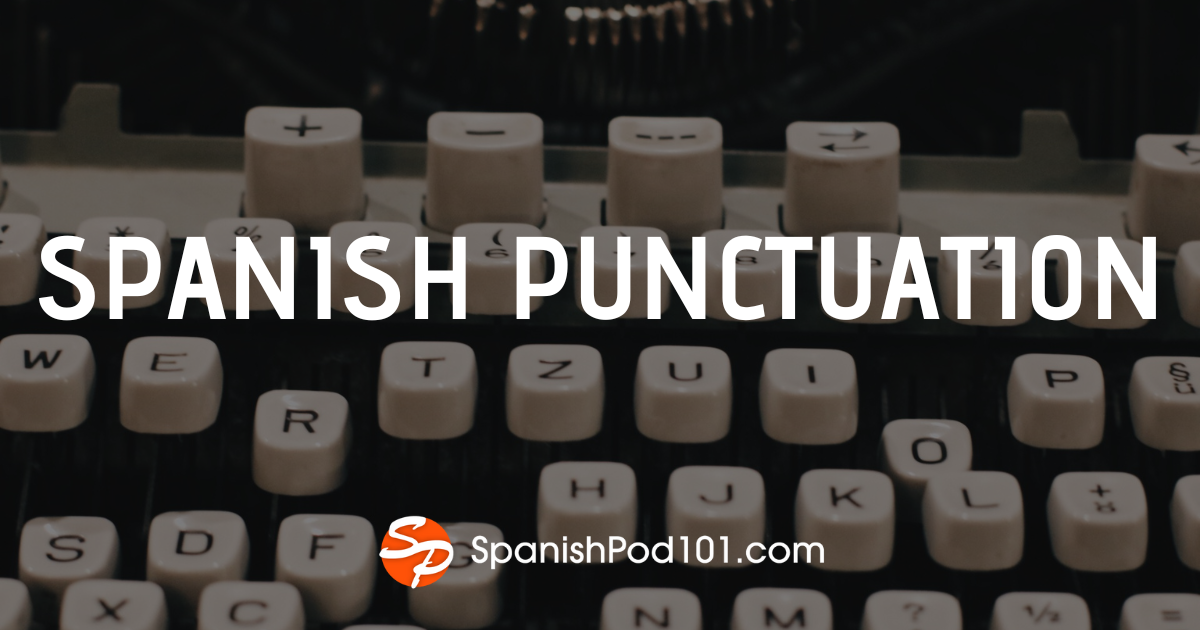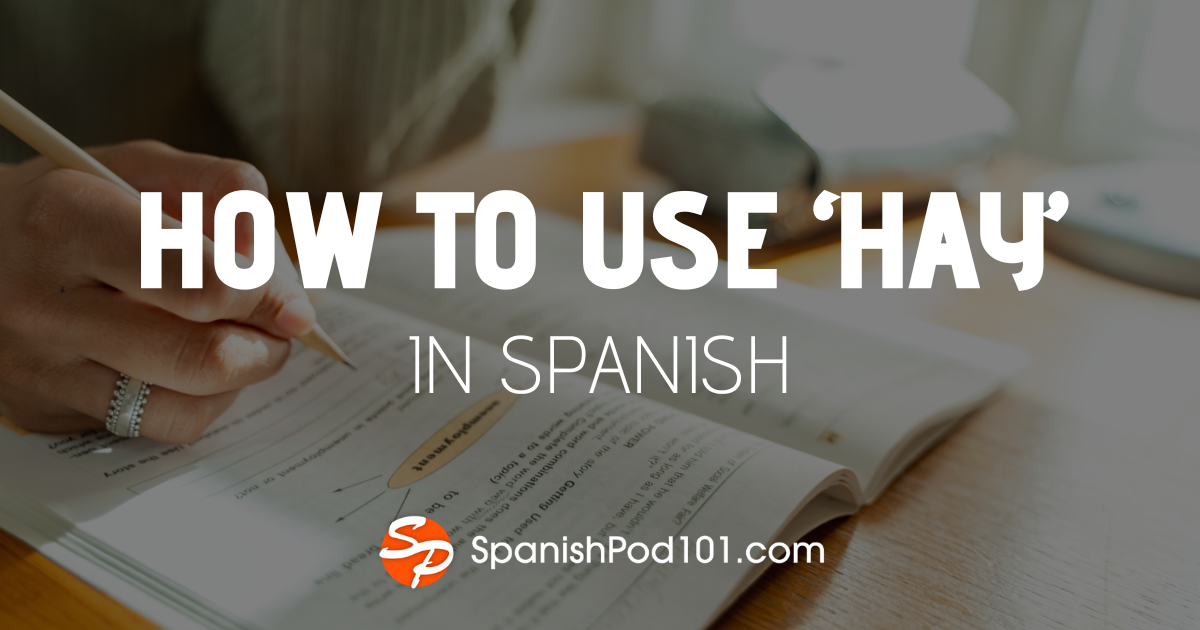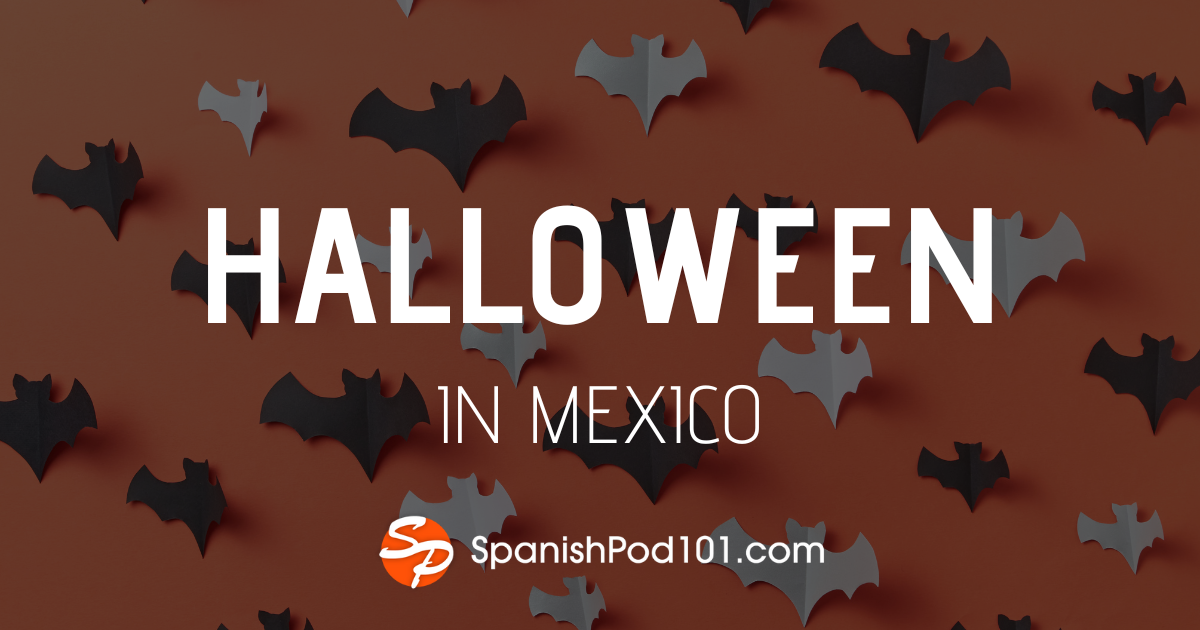
As October turns to November, Mexico enters one of its most visually striking and spiritually rich seasons. While Halloween is gaining ground among younger generations, the country’s true cultural centerpiece is Día de los Muertos — the Day of the Dead — a vibrant celebration of life, death, and memory that has captivated visitors and locals alike.
Table of Contents- Halloween in Mexico
- The Origin of Day of the Dead
- Traditions and Symbols
- Modern Celebrations and Tourist Highlights
- A Celebration of Life
1. Halloween in Mexico
So, is Halloween celebrated in Mexico? Yes, though in a lighter and more localized way.
In major cities, children dress in costumes and go door to door chanting for candy in a tradition known as “pedir calaverita,” or “asking for a little skull.” Instead of saying “trick or treat,” they recite rhymes, and their pumpkin-shaped buckets are sometimes replaced with decorated skull-shaped containers. This modern Mexican Halloween borrows heavily from the American version but tends to focus on fun rather than fright.
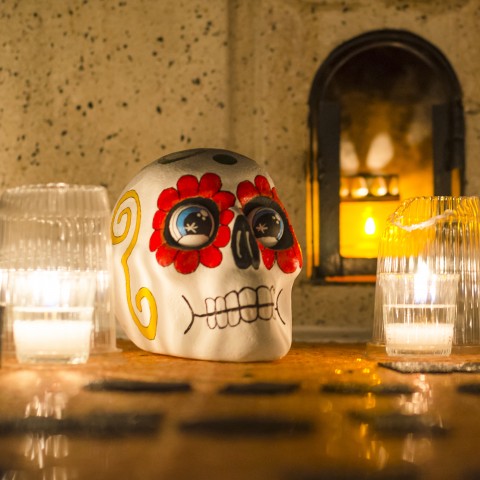
Still, the real meaning of the season comes with the arrival of Día de los Muertos on November 1 and 2. If you’re wondering “When is Day of the Dead in 2025?”, it will be observed on Saturday, November 1, and Sunday, November 2, 2025, the same day as the Catholic All Saints’ day and All Souls’ day.
2. The Origin of Day of the Dead
The origin of Day of the Dead reaches back thousands of years, to pre-Hispanic times. Indigenous civilizations such as the Aztec, Maya, and Purépecha believed that death was the next stage of life — a natural phase rather than an end. Their rituals honoring the dead were later merged with Catholic observances brought by Spanish colonizers, creating the unique Mexican celebration that we know today.
In 2008, UNESCO recognized Día de Muertos as part of the Intangible Cultural Heritage of Humanity, praising it as a living tradition that continues to bind families and communities across generations.
3. Traditions and Symbols

The heart of every Day of the Dead celebration is the ofrenda, or Day of the Dead altar — a home display where families welcome the spirits of their departed loved ones. These altars are decorated with photos of the deceased, both from recent generations and older ancestors. Families leave offerings of their favorite foods, candles, sugar skulls, and marigold flowers, known as “cempasúchil,” the traditional Day of the Dead flowers.
Their vibrant orange color and scent are said to guide the souls back home. They are also often decorated with brightly colored “papel picado,” a decorative kind of tissue paper which is used for many holidays and events.
On November nights, cemeteries across Mexico glow with candles as families gather to share stories, meals, and music beside the graves of their relatives. Rather than mourning, it’s an act of joyful remembrance.
Another key symbol is the Day of the Dead skull, or calavera. These appear as sugar confections, papier-mâché art, or even witty verses called calaveras literarias that humorously imagine friends or celebrities as if they had died. The elegant skeletal figure La Catrina, popularized by artist José Guadalupe Posada and later Diego Rivera, has become an emblem of Mexican identity — reminding everyone that, beneath status or wealth, we are all equal in death.

The Pan de Muerto (bread of the dead) is another cherished element, its round form and bone-shaped decorations symbolizing the circle of life and death. Shared among family members, it’s both an offering and a sweet comfort.
4. Modern Celebrations and Tourist Highlights
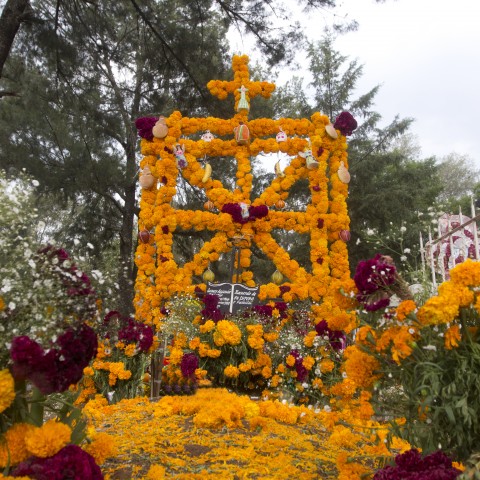
In modern Mexico, the Day of the Dead has become a major national and international event. The most famous is the Mexico City Día de Muertos Parade, a large-scale spectacle that began in 2016 after appearing in the James Bond film Spectre. Floats, dancers, and massive skeleton puppets march through Paseo de la Reforma, turning the capital into a living artwork. For Día de los Muertos 2025, the parade is expected to attract hundreds of thousands of spectators.
Other destinations also host unforgettable observances. In Pátzcuaro, Michoacán, Indigenous Purépecha families paddle across Lake Pátzcuaro by candlelight to the island of Janitzio for an all-night vigil — a hauntingly beautiful sight that has inspired films and documentaries. In Oaxaca, the streets fill with tapetes de aserrín, intricate carpets made of colored sawdust and flower petals. And in San Andrés Mixquic, near Mexico City, families illuminate the local cemetery in an event known as La Alumbrada, transforming it into a sea of light and devotion.
These traditions coexist with contemporary attractions. Cities host art exhibitions, Catrina costume contests, and food fairs featuring regional treats like tamales, mole, and atole. Even major tourist destinations such as Cancún and Playa del Carmen organize themed events that blend nightlife with cultural appreciation, offering travelers a chance to experience the deeper meaning behind the festivities.
5. A Celebration of Life
Whether you call it Día de los Muertos, Day of the Dead, or even mistakenly “Muerte Day,” the essence remains the same: honoring those who came before while celebrating the life that continues. Unlike Halloween, which revels in fear and the supernatural, the Mexican Day of the Dead celebrates death as part of the natural cycle — an occasion to laugh, eat, sing, and remember.
Every marigold petal, sugar skull, and flickering candle ensures that the living and the dead meet once more, if only for a night or two each year. For travelers seeking color, meaning, and emotion, visiting Mexico in late October or early November is to witness a culture where love transcends the grave — a country where even death wears a smile.





